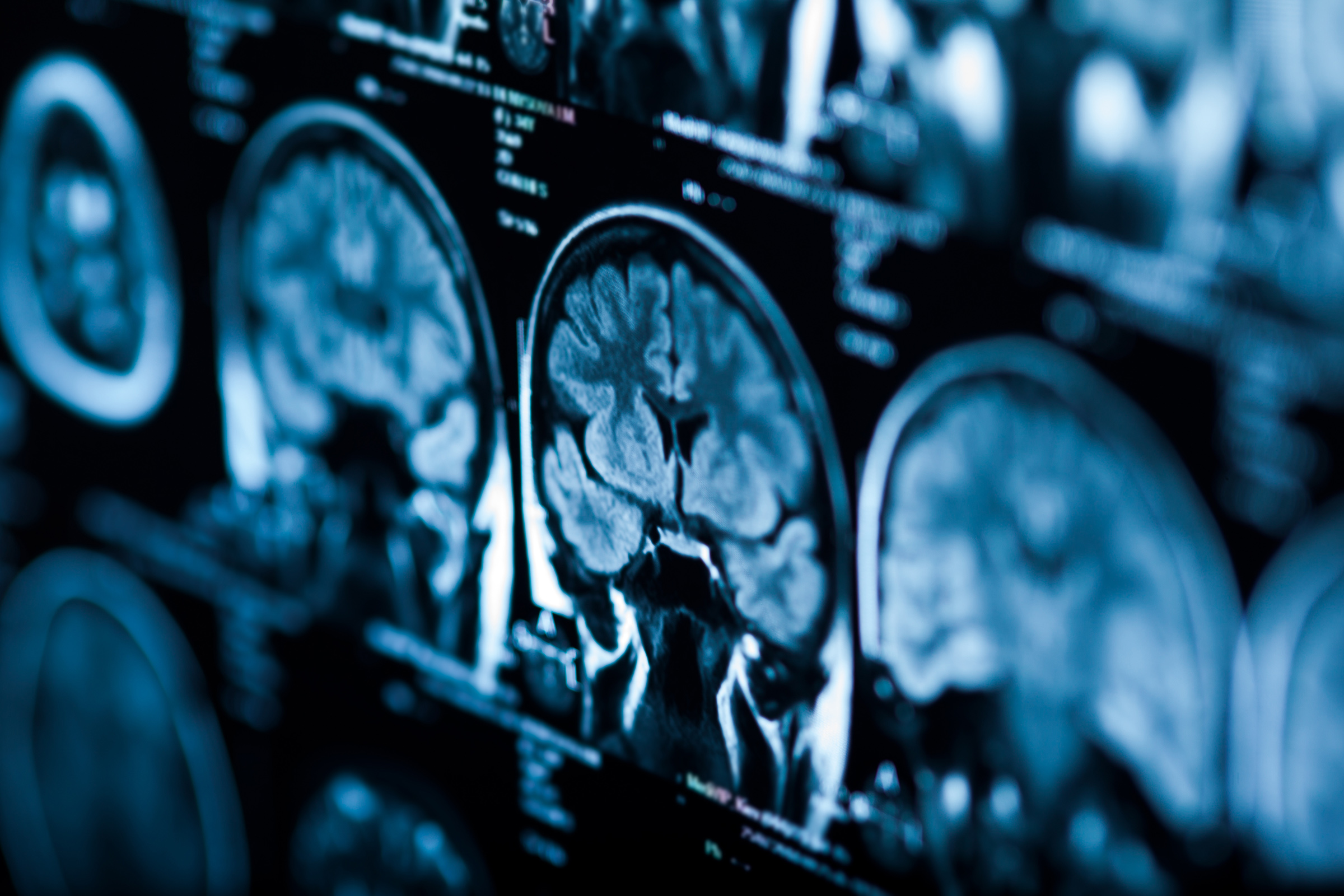Scientists finally found a way to thaw frozen human brain tissue without damaging it. In a groundbreaking development, scientists have discovered a new technique that allows human brain tissue to be frozen and thawed while maintaining its normal function.
科學家終於找到一種方法,可以讓冷凍的人腦組織在解凍時不受損。這是一種突破性的發展,科學家發現了一種新技術,可以讓人腦組織在冷凍和解凍過程中仍保持正常功能。
This breakthrough, achieved by a team led by Zhicheng Shao at Fudan University in Shanghai, China, could potentially revolutionize the study of neurological conditions. The researchers detailed their findings in Cell Reports Methods.
上海復旦大學邵志誠領導的團隊在中國上海取得的這項突破,有可能會革命性地改變神經疾病的研究。研究人員在《細胞報告方法》中詳細介紹了他們的發現。
The team says it grew self-organizing brain samples, known as organoids, from human embryonic stem cells for three weeks, allowing the development of neurons and neural stem cells. They then tested various chemical compounds to determine which combinations could help keep the frozen human brain tissue alive and enable growth after thawing.
該團隊表示,他們利用人類胚胎幹細胞培養了三週的自組織腦器官樣本,讓神經元和神經幹細胞得以發育。然後,他們測試了各種化學化合物,以確定哪些組合能幫助凍存的人腦組織存活,並在解凍後生長。
The most successful combination consisted of methylcellulose, ethylene glycol, DMSO, and Y27632. The researchers call it MEDY, and they suspect it somehow interferes with a pathway that would otherwise initiate cell death, allowing for the tissue to freeze and be thawed without incident.
最成功的組合由甲基纖維素、乙二醇、二甲亞碸和 Y27632 組成。研究人員稱其為 MEDY,並懷疑它會干擾某個途徑,而該途徑原本會啟動細胞死亡,從而使組織能夠在凍存和解凍過程中安然無恙。

人類大腦的 X 光照片,特寫。圖像來源:merydolla / Adobe
To test the effectiveness of MEDY, the team conducted a series of experiments on brain organoids of different ages, ranging from 28 to over 100 days old. They found that the thawed organoids closely resembled their unfrozen counterparts’ appearance, growth, and function, even after being frozen in MEDY for 18 months. Similar results were observed across frozen human brain tissue representing different brain regions.
為了測試 MEDY 的有效性,該團隊對年齡從 28 天到超過 100 天的不同年齡大腦器官樣本進行了系列實驗。他們發現,解凍後的器官樣本在形態、生長和功能上都與未冷凍的樣本非常相似,甚至在凍存 18 個月後依然如此。在代表不同腦部區域的凍存人腦組織中也觀察到了類似的結果。
The researchers also applied their technique to three-millimeter cubes of brain tissue from a 9-month-old girl with epilepsy. The tissue maintained its pre-freezing structure and remained active in a laboratory culture for at least two weeks after being thawed.
研究人員還將他們的技術應用於一名 9 個月大癲癇嬰兒的大腦組織上,組織大小為三毫米立方。解凍後,該組織維持了冷凍前的結構,並在實驗室培養中至少兩週內保持活躍。
According to researchers from the University of Surrey and the University of Birmingham in the UK, this breakthrough in freezing human brain tissue could lead to improved investigations of brain development in the lab for health research.
根據英國薩里大學和伯明翰大學的研究人員表示,這項冷凍人腦組織的突破性技術可能有助於在實驗室中對腦部發展進行健康研究。
While significantly more research and the use of larger tissues are needed, some suggest that this work could eventually lead to the freezing of entire brains. Some scientists envision a future where patients with terminal conditions or astronauts traveling to distant star systems could be cryopreserved, with MEDY representing “one small step” towards that goal.
雖然仍需更多研究和使用更大組織,但一些人推測,這項工作最終可能導致整個大腦被冷凍。一些科學家設想了一種未來,屆時患有絕症的患者或前往遙遠星體的宇航員都可以被冷凍保存,而 MEDY 則是實現這一目標的「一小步」。








